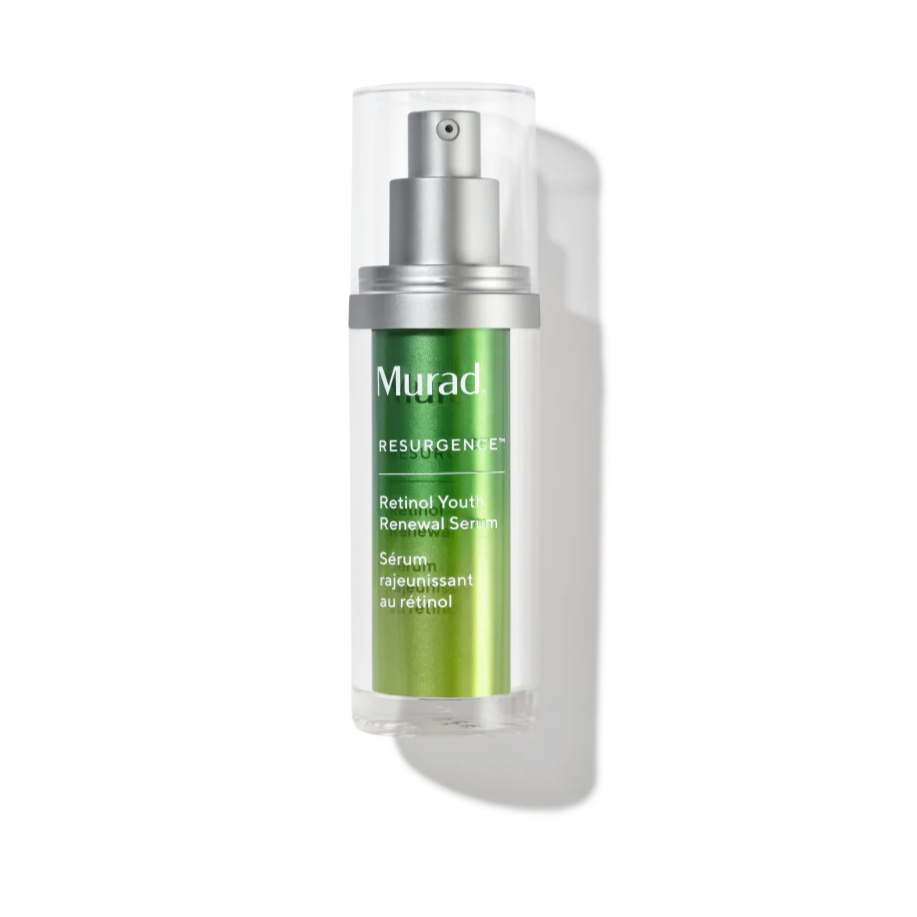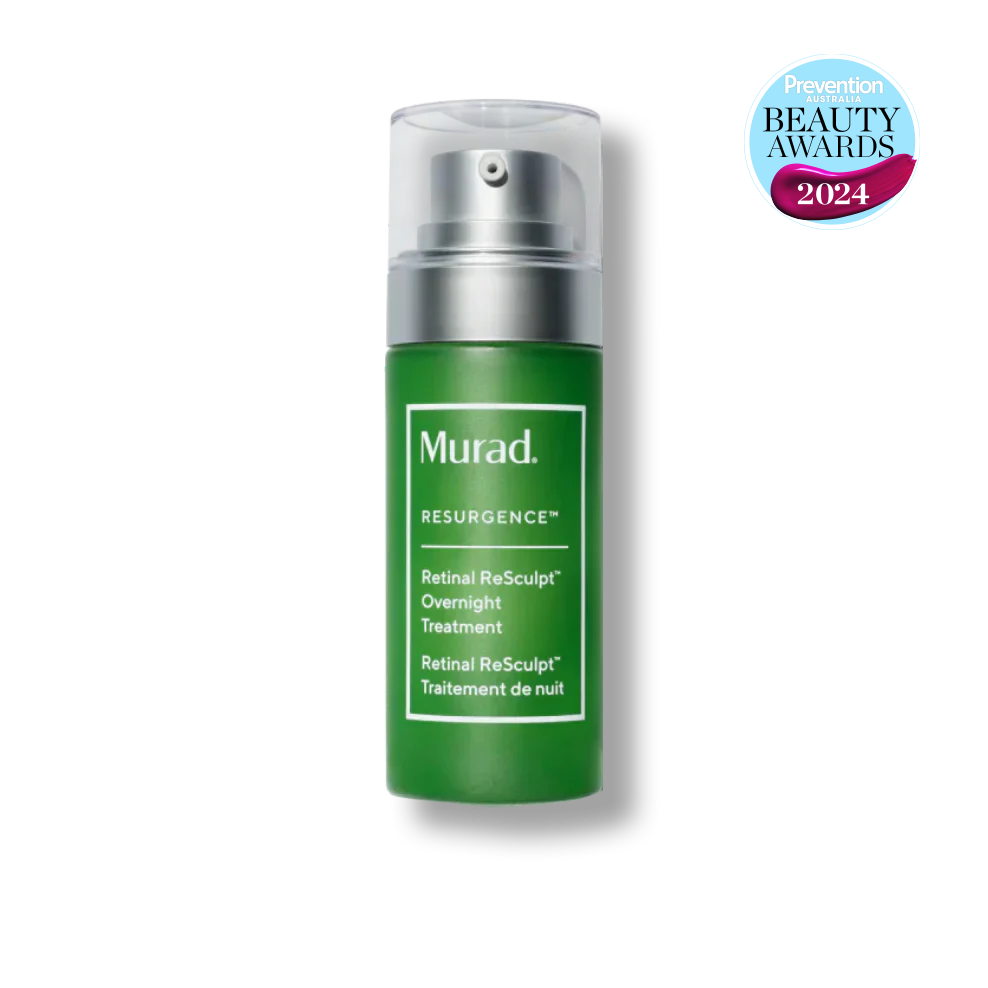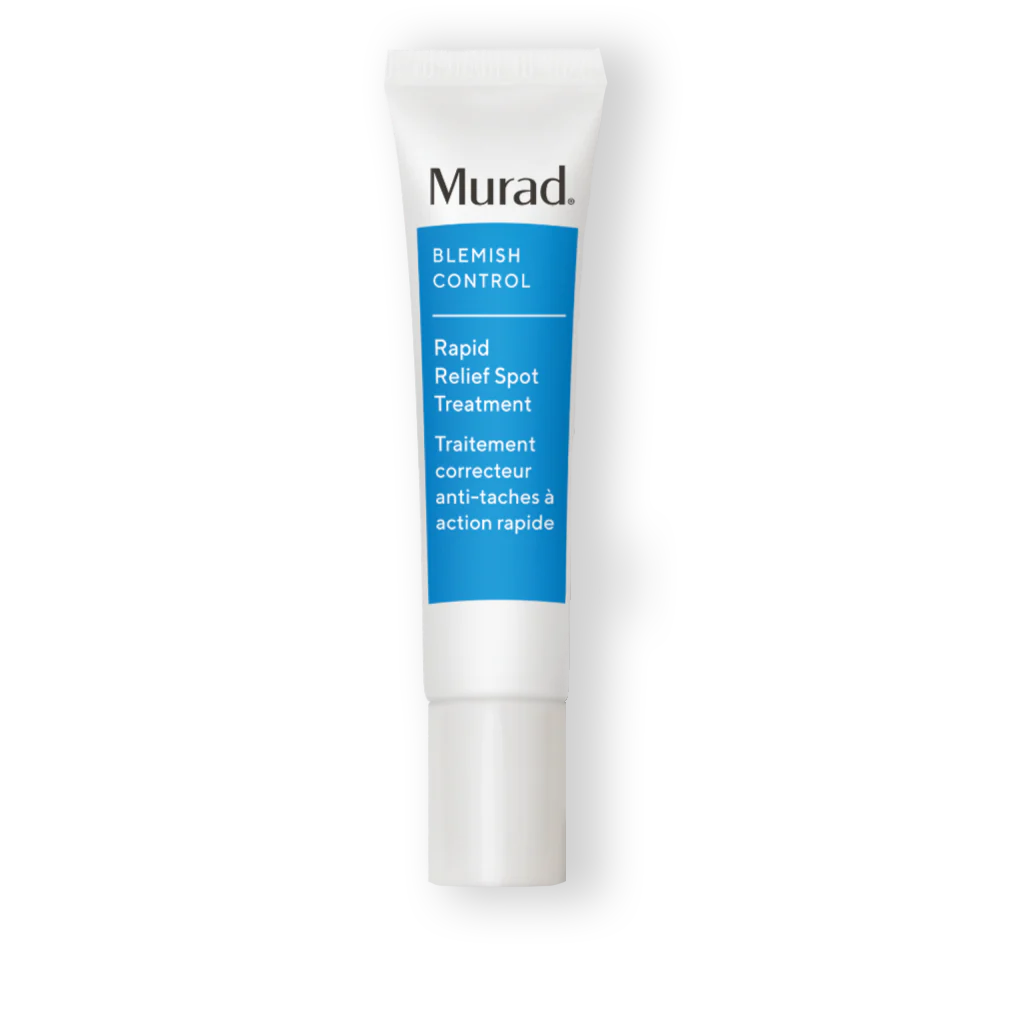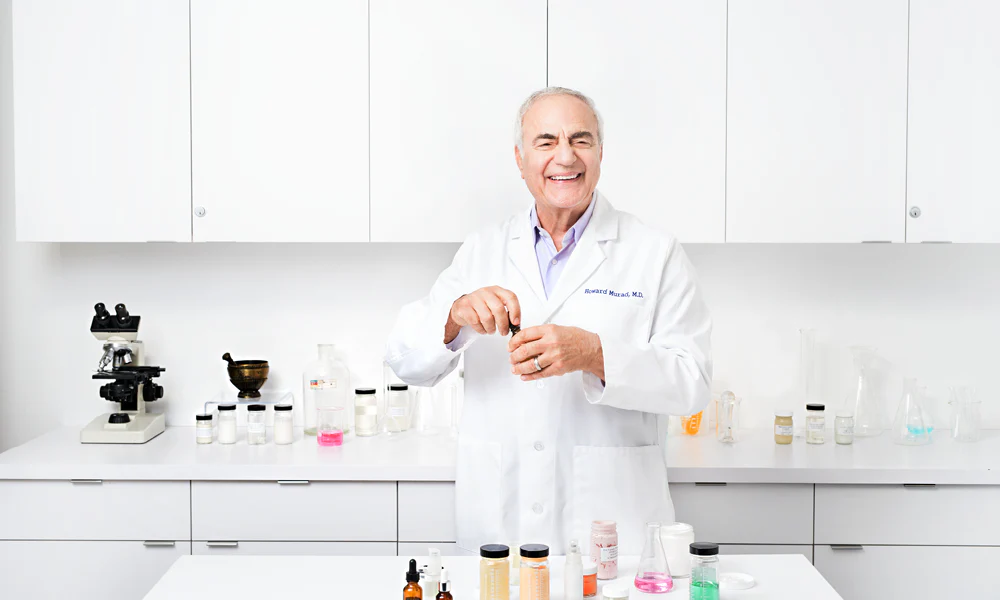What's The Difference? Mineral vs. Chemical Sunscreens.

What is chemical sunscreen?
Chemical sunscreens are dermatologist-approved, active ingredients like octinoxate and avobenzone.
How does chemical sunscreen work?
Chemical sunscreens absorb UV rays like a sponge, then convert them to heat to release them from your skin.
What is mineral sunscreen?
Mineral sunscreen (also known as physical sunscreen) is naturally occurring active ingredients like titanium dioxide and zinc oxide.
How does mineral sunscreen work?
Mineral sunscreen works by laying on the surface of the skin to deflect and scatter UVA and UVB rays away from your skin.
Mineral vs. chemical sunscreens: Is one better than the other?
No. When used daily, consistently, and properly, all sunscreens help defend against UV rays that damage your skin.
Can I mix them?
Absolutely! Chemical and mineral sunscreens can be used together.
What’s the difference in texture, colour, and feel?
Physical sunscreens used to conjure up memories of surfers with chalk-white noses, while chemical sunscreens were favoured for their blendability and wearability on all skin types and tones. Today’s advances in skincare ingredients and technology mean physical sunscreens are just as weightless and transparent as their chemical counterparts.
Should I choose a mineral-based sunscreen, or a chemical?
Remember, it’s not mineral vs. chemical sunscreens that’s the biggest issue. The bottom line is sunscreen needs to be worn daily and consistently to shield against everything from dark spots and wrinkles to skin cancer.
How much sunscreen should I use?
Whether choosing a mineral sunscreen or chemical sunscreen, the application is the same: a quarter sized amount for your face, neck and chest, and one ounce (the size of a shot glass) for your body.
Ready to shop sunscreens? Murad has a selection of mineral and chemical sunscreens with added skin benefits to suit your skin type.









































